PROCÉDURE
exporter par lots des pièces jointes d’une classe d’entités
Résumé
There are no geoprocessing tools that allow users to export and save all attachments locally. The instructions provided below describe how to execute a possible solution by creating a script tool to accomplish the task.
Procédure
To batch export attachments from a feature class, create a script tool from a Python script using the workflow provided below, and run the created script tool.
Note: This script requires that the input table be the standard attachment table created when attachments are enabled on a feature class. This is because the script relies on the DATA, ATT_NAME and ATTACHMENTID fields stored in this table. The typical naming convention should append _ATTACH to the end of the table name.
- Copy and paste the following script into Notepad, and save it as ExportAttachments.py.
import arcpy from arcpy import da import os inTable = arcpy.GetParameterAsText(0) fileLocation = arcpy.GetParameterAsText(1) with da.SearchCursor(inTable, ['DATA', 'ATT_NAME', 'ATTACHMENTID']) as cursor: for item in cursor: attachment = item[0] filenum = "ATT" + str(item[2]) + "_" filename = filenum + str(item[1]) open(fileLocation + os.sep + filename, 'wb').write(attachment.tobytes()) del item del filenum del filename del attachmentNote: This script iterates through the entire attachment table of a single feature class and copies all of the attachments (saved as BLOBs, or binary large objects) to a file.
- In the Catalog window, navigate to Toolboxes, and right-click My Toolboxes > New > Toolbox.
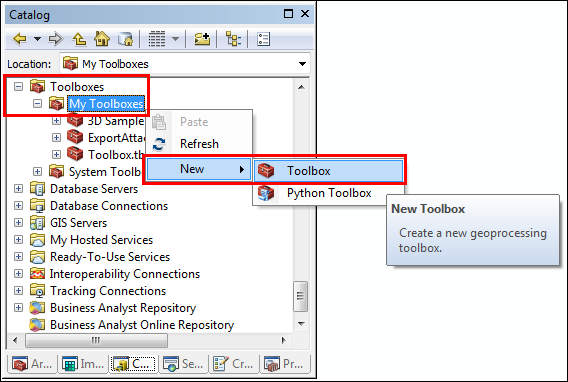
- Add a script tool in the new toolbox. Refer to Adding a script tool for steps to do this.
- For the Script File, navigate to the location where the ExportAttachments.py script is saved. Select the script, click OK, and click Next.
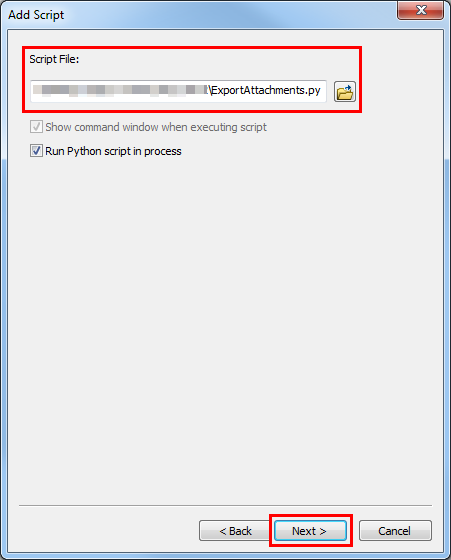
- Type Attachments Table in the first row of the Display Name column, and set the Data Type as Table.
- Add a second parameter and type Output Location for the Display Name, and set the Data Type as Folder.
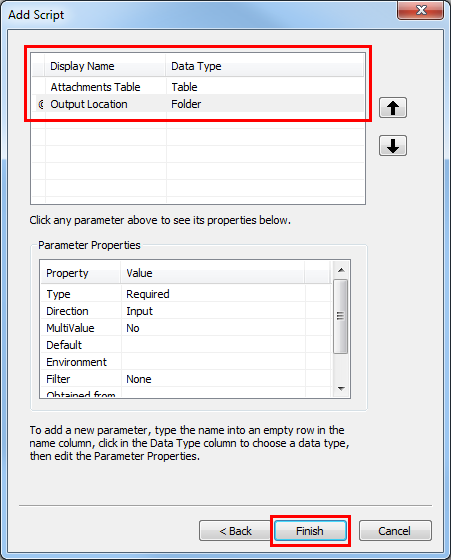
- Click Finish. A new script tool is added to the toolbox.
- Double-click the created script tool to open the tool.
- In the dialog box, select the attachments table containing the attachments to be extracted in the Attachments Table parameter.
- Under Output Location, select a folder in which to save the exported attachments, and click OK.
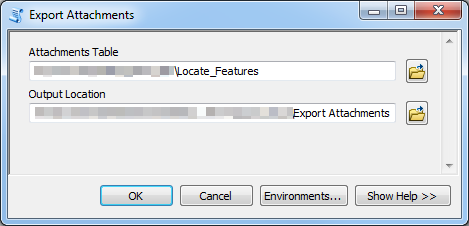
- Click OK to run the tool. The attachments are successfully exported in batch to the local folder defined in the Output Location parameter.
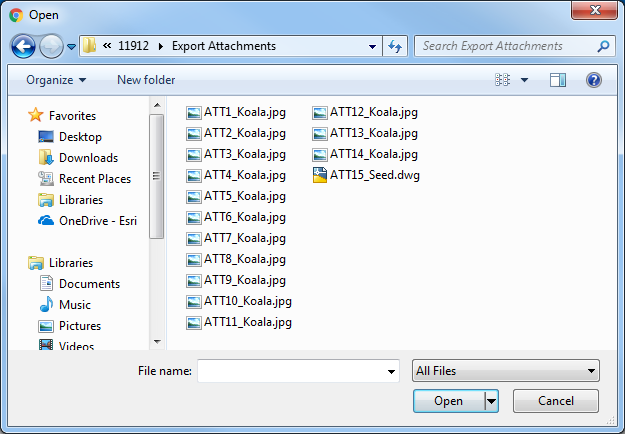
ID d’article: 000011912
Obtenir de l’aide auprès des experts ArcGIS
Commencez à discuter maintenant

